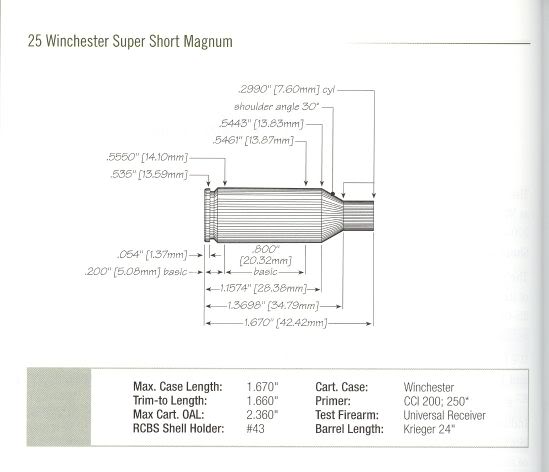A wet or oily chamber and or cartridge does NOT increase chamber pressure, oil or water in the chamber prevents the cartridge case from gripping the chamber walls and increases rearward "bolt thrust" or force on the bolt.
The highest the "bolt thrust" can be is equal to is the chamber pressure of the fired cartridge. On the .308/7.62 cartridge this is 50,000 CUP or 60,000 PSI.
Below is from Jim Sweets book "Competitive Rifle Shooting" first printed in 1946 and these pressures were from laboratory testing, the pressures listed are for the .303 cartridge.
Item "a" should always be done before shooting.
In simple terms if "ALL" your fired ammunition is oily or wet the life expectancy of your rifles action is cut in half. The first indications you will see from repeated shooting of oiled or wet cartridges is a increase in rifle head space.
As the head space increases on the rifle from excess bolt thrust the pounding the bolt lug recesses in the receiver, bolt lugs, bolt body and bolt head increases dramatical. AFTER your rifles maximum head space has occurred the possibility of the action body stretching and cracks and fractures occurring increases.
Oil or water in the chamber has the same effect on ALL rifles not just the Enfield Rifle. Our new American short "magnum" cartridges because the cases have much less surface area to grip the chamber walls are pounding these new rifles into early retirement.
Know thy rifle.And read the books and manuals on the subject before you go off half cocked and write gun articles on subjects you haven't researched.

- Knowledge Library

- MKL Entry of the Month
- Australia
- Austro-Hungarian Empire
- Canada
- Czechoslovakia
- Denmark
- Finland
- France/Belgium
- Germany
- Italy
- Japan
- Norway
- Russia
- South America
- Sweden
- Switzerland
- Turkey
- United Kingdom
- United States
- Yugoslavia
- Is my rifle authentic or a fake?
- Jay Currah's Lee Enfield Web Site
- On-line Service Records (Canada)
- Technical Articles/Research
- Forum
- Classifieds

- What's New?
-
Photo Gallery

- Photo Gallery Options
- Photo Gallery Home
- Search Photo Gallery List
-
Photo Gallery Search
- Video Club

- iTrader













 Register To Reply
Register To Reply
